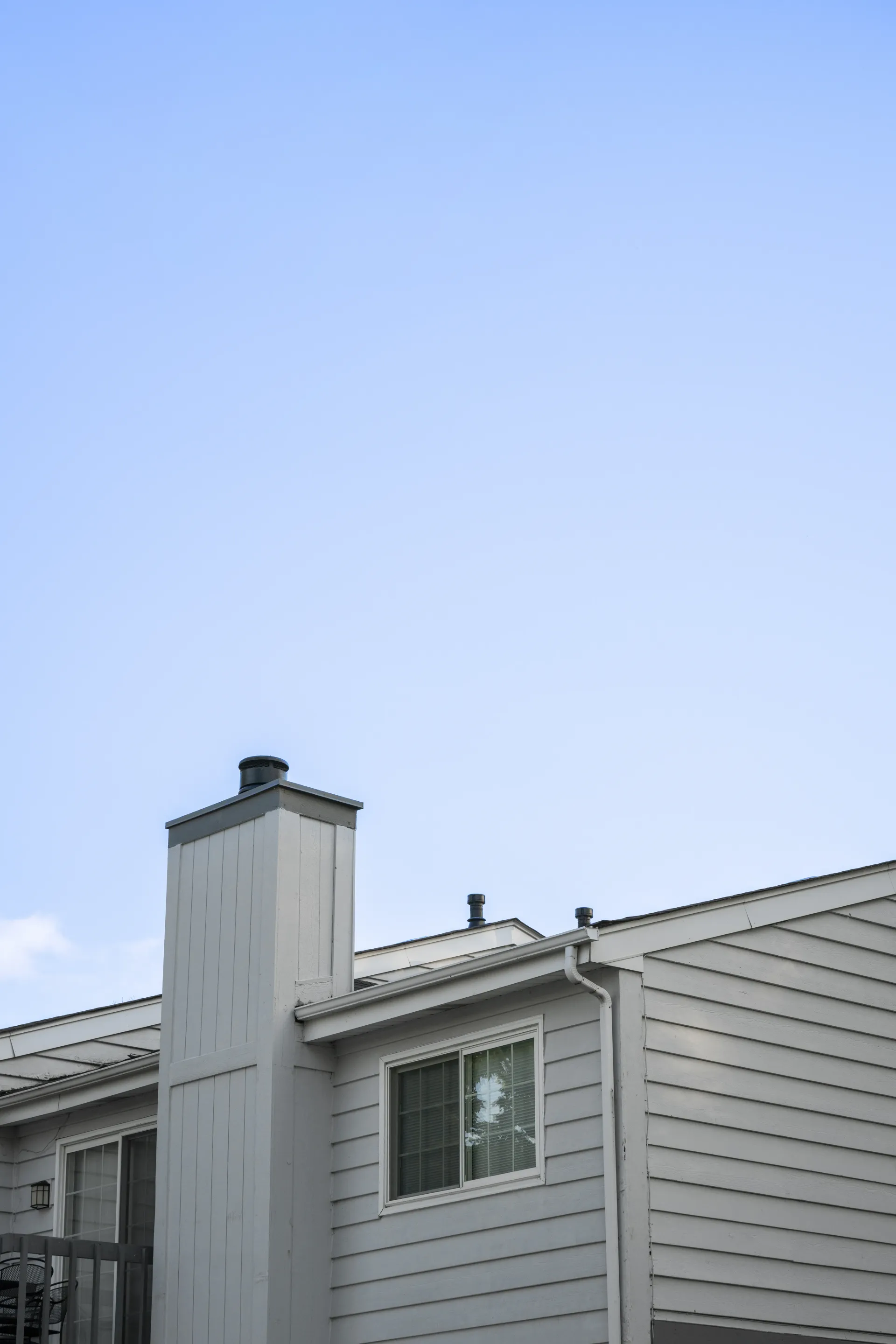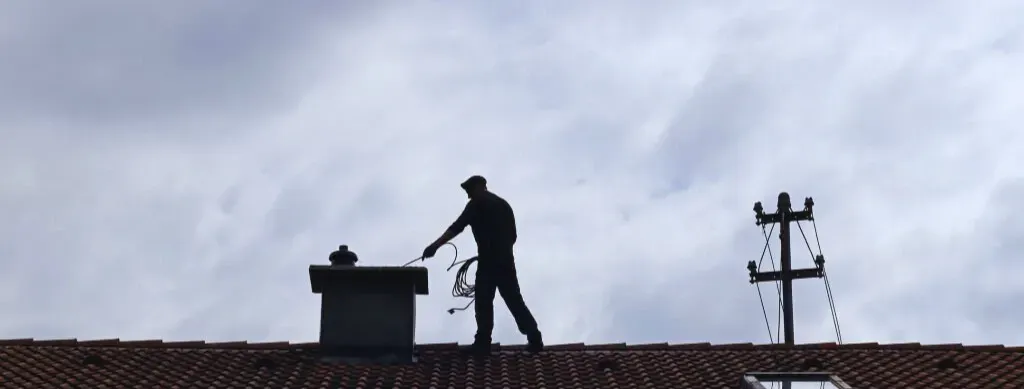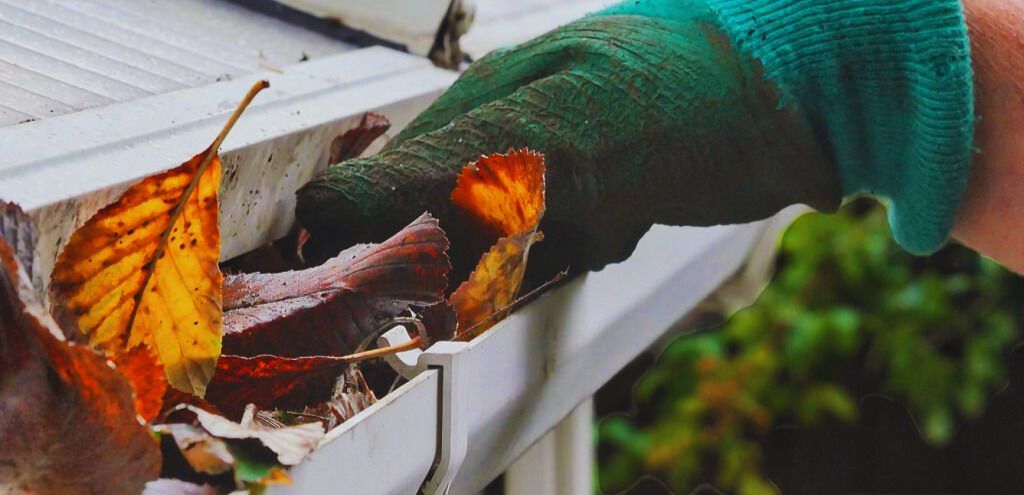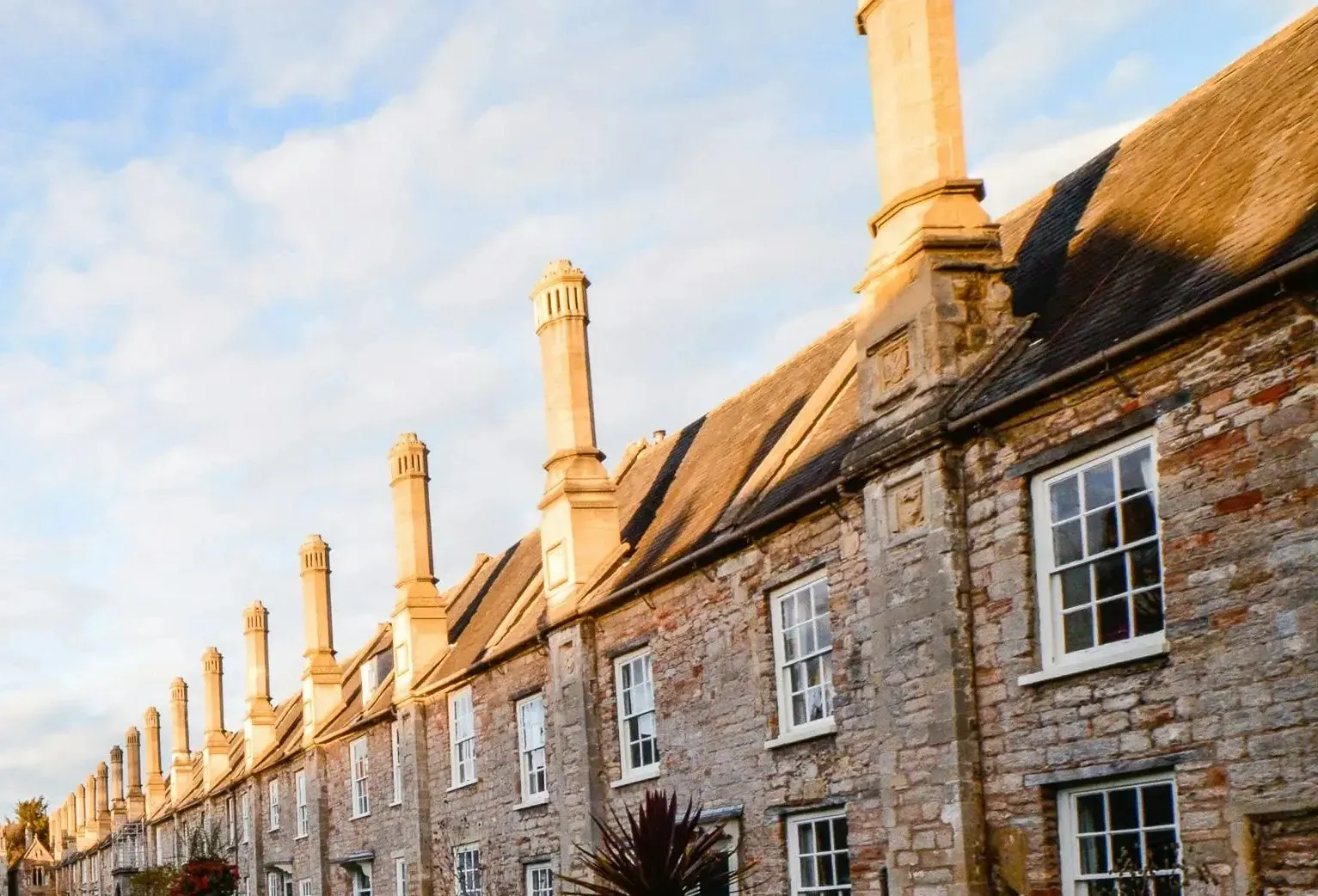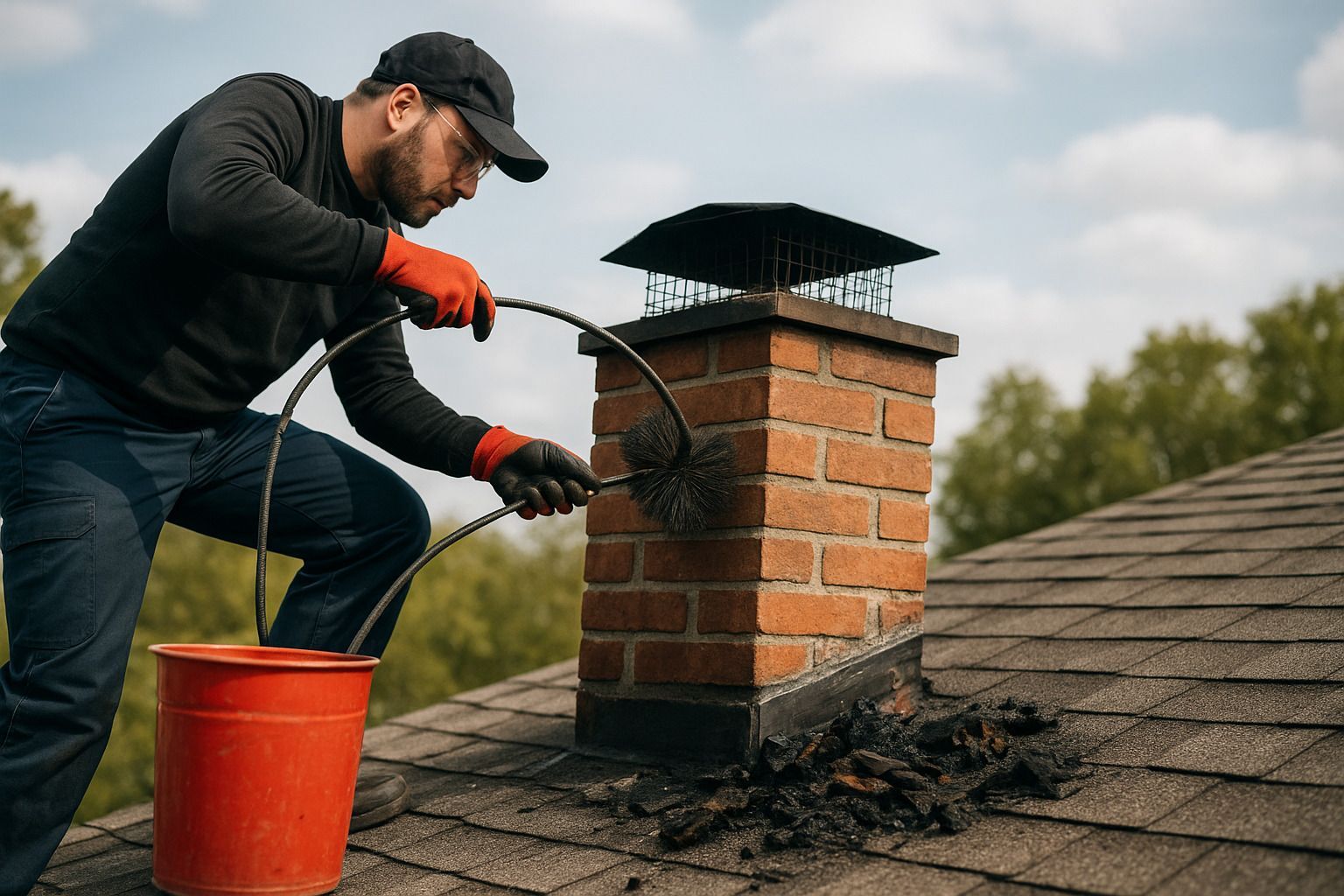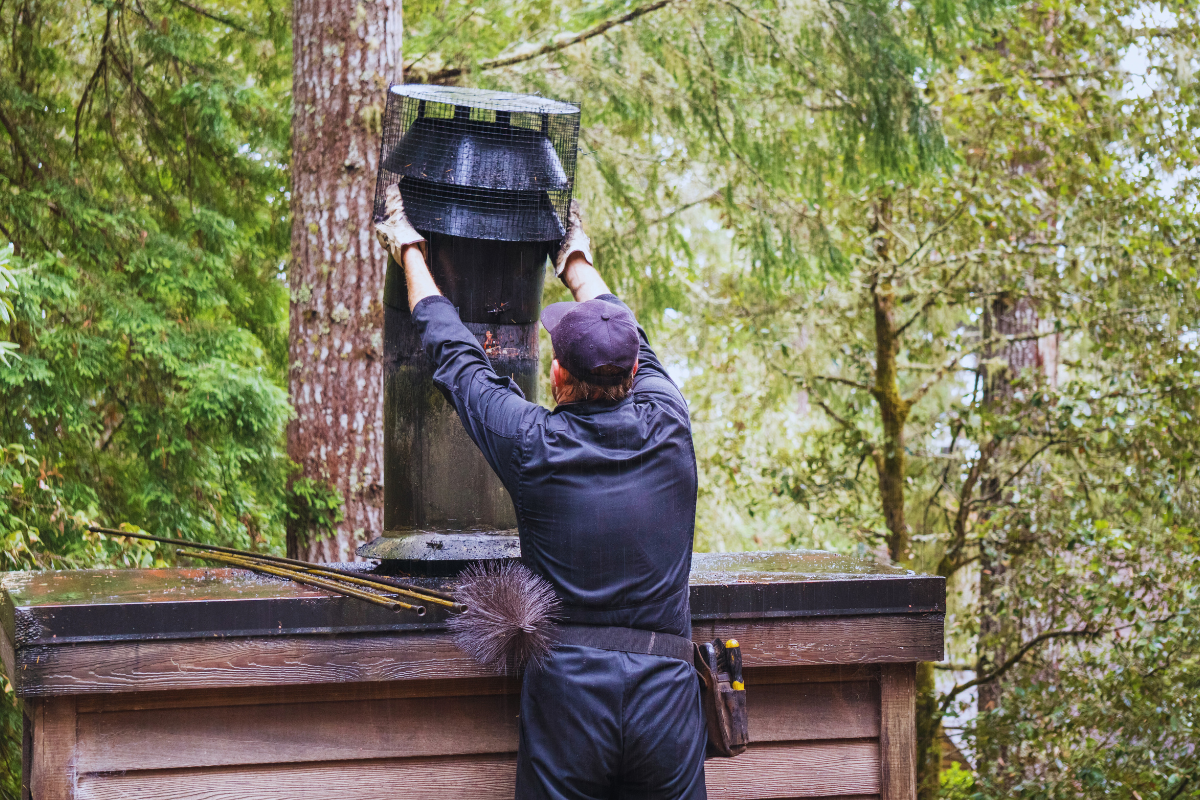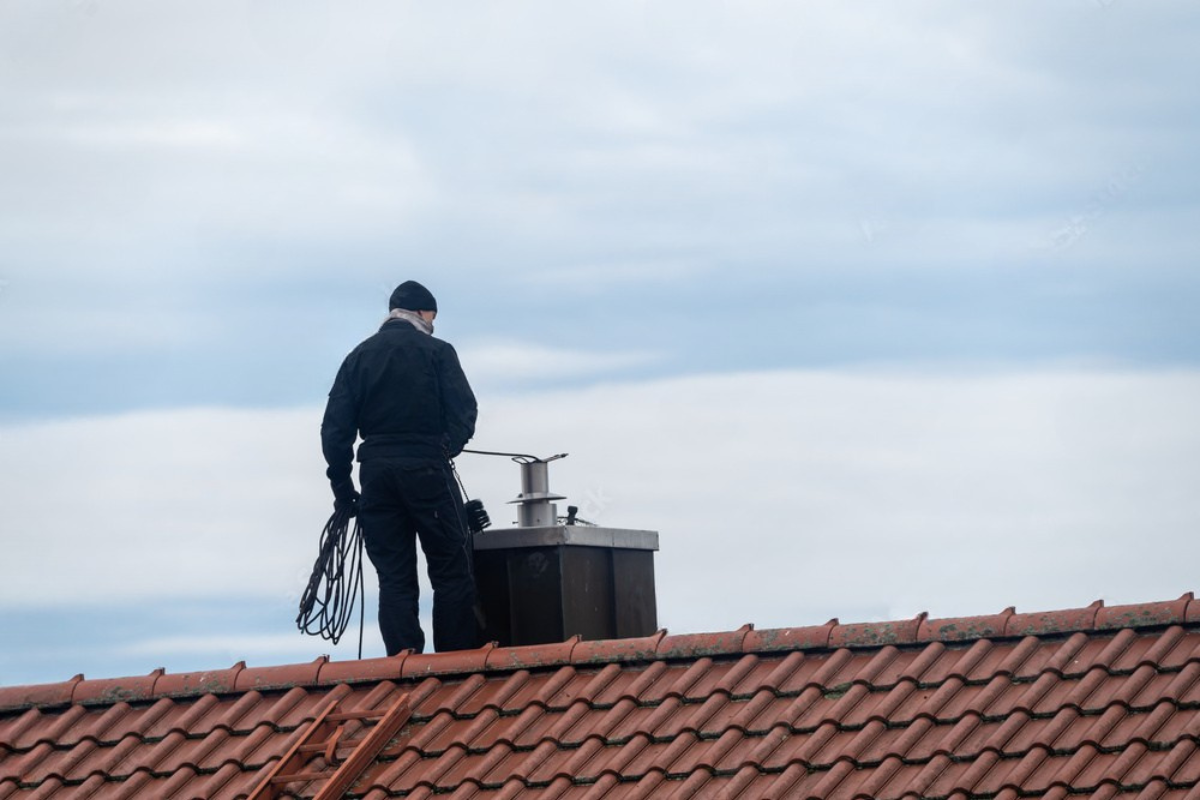Don’t Let Your Chimney Crumble: Smart Ways to Maintain Structural Integrity
Keeping your chimney standing strong isn't just about looks—it's about safety, savings, and smart homeownership. Whether you're burning logs every winter or your fireplace is just for show, neglecting chimney care can lead to severe structural problems. In this guide, you’ll learn everything you need to know to prevent chimney decay and preserve your home's value.
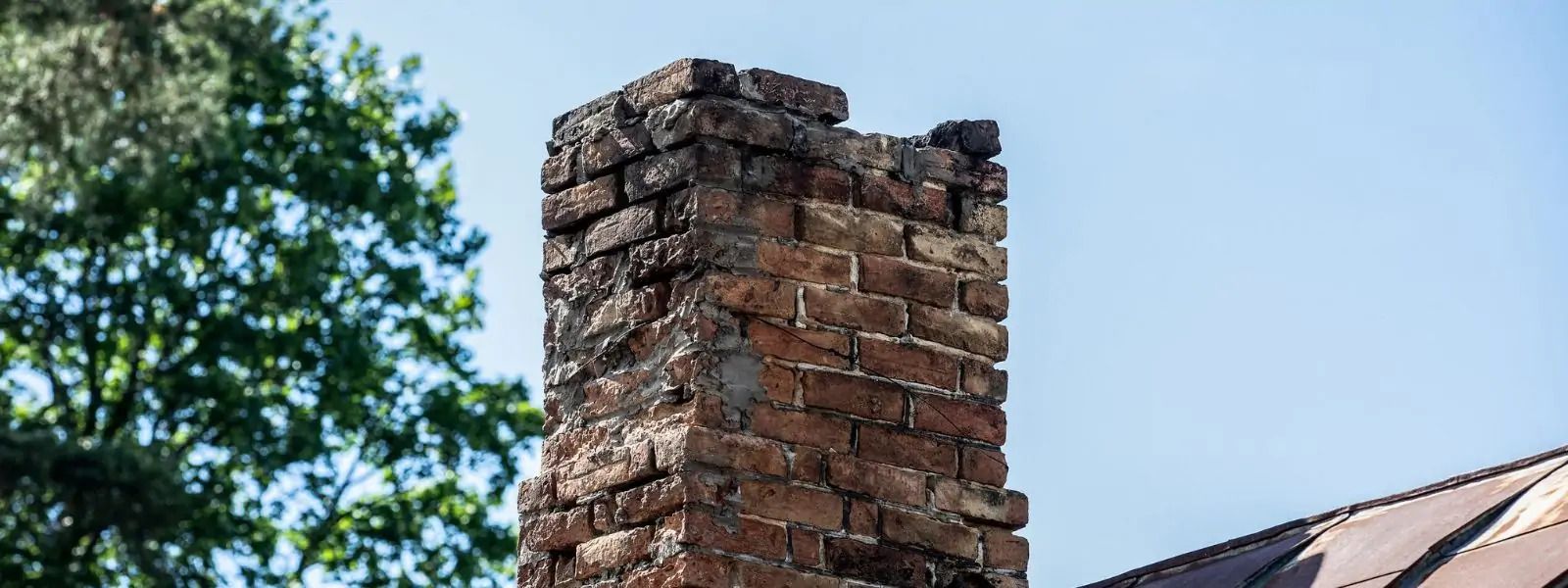
Understanding Chimney Structure
A chimney may seem like a simple stack of bricks, but it's actually a complex system. The flue, crown, liner, smoke chamber, cap, flashing, and mortar joints all work together to guide smoke safely out while protecting the home from fire, moisture, and structural damage.
Most chimneys are built with brick and mortar or stone and cement. These materials are sturdy but also porous. Over time, exposure to weather—especially moisture and temperature shifts—causes wear that, if ignored, leads to crumbling or collapse.
Signs Your Chimney is Crumbling
Your chimney may be trying to send you warnings. Look out for:
- Cracked bricks or missing mortar
- White staining (efflorescence) on the chimney exterior
- Water stains inside the fireplace or walls nearby
- Spalling bricks—pieces flaking or falling off
- Rusted firebox or damper
These signs indicate weakening structural integrity. If you notice any, don’t wait. Schedule an inspection through a trusted Chimney Service.
Causes of Chimney Deterioration
Why do chimneys crumble? Here are the top culprits:
- Water Damage: Moisture penetrates through cracks or poorly sealed crowns, freezing and expanding during cold seasons.
- Creosote Buildup: Flammable residue from wood-burning builds up inside the flue, increasing fire risk.
- Neglected Maintenance: A lack of routine inspection or cleaning accelerates damage.
- Shifting Foundations: If the house settles or shifts, so can the chimney.
Understanding the causes helps homeowners take action before damage escalates.
Importance of Regular Inspections
Think of inspections like yearly physicals for your chimney. They're key to catching small problems before they grow costly.
- When to Inspect: At least once a year, ideally before winter.
- What Experts Check: Structural integrity, cracks, chimney liner condition, and moisture intrusion.
- Bonus Tip: Always hire certified technicians for inspections.
Routine evaluations help preserve your chimney and protect your home from smoke damage, leaks, and fire hazards.
Smart Chimney Maintenance Tips
Consistent care is your chimney’s best defense. Here’s what to do:
- Clean out ash regularly.
- Keep the damper closed when not in use.
- Check the exterior after storms.
- Trim tree branches near the chimney.
Make these part of your seasonal home care, and you’ll extend the chimney's life significantly.
Waterproofing Your Chimney
Water is a chimney’s worst enemy. Investing in waterproofing adds years to its lifespan.
Benefits Include:
- Prevents water absorption into bricks
- Protects against freeze-thaw damage
- Reduces mold and mildew risks
Look for breathable waterproofing agents specifically designed for masonry. Avoid generic sealants that trap moisture inside.
Flue and Liner Maintenance
Your chimney liner plays a crucial safety role, channeling smoke and preventing fire from spreading to walls.
Watch for:
- Cracks or missing tiles
- Discoloration near the liner
- Rusted or damaged metal liners
Annual chimney sweeps can spot issues early. If your liner is damaged, it must be replaced quickly.
Tuckpointing and Repointing Explained
When mortar starts crumbling, the chimney's integrity is at stake. That’s where tuckpointing comes in.
- Tuckpointing involves removing damaged mortar and replacing it with fresh mortar that matches the brick.
- Repointing restores the structural strength and waterproof seal of your chimney.
If you see gaps or crumbling between bricks, it’s time for repointing to keep things tight and sturdy.
Dealing with Chimney Leaks
Leaks are a red flag for hidden structural issues. Water can sneak in through:
- Cracked crowns
- Poorly sealed flashing
- Missing chimney caps
Use chimney-safe caulking and install a high-quality cap. Still seeing water? Reach out via the Contact page for expert help.
Preventing Chimney Fires
Creosote buildup is highly flammable. Even a small fire inside the chimney can compromise its structural core.
Fire Prevention Tips:
- Only burn seasoned wood
- Avoid artificial logs
- Schedule annual chimney sweeping
- Use creosote-reducing logs occasionally
This simple care goes a long way toward avoiding chimney fires and maintaining a solid structure.
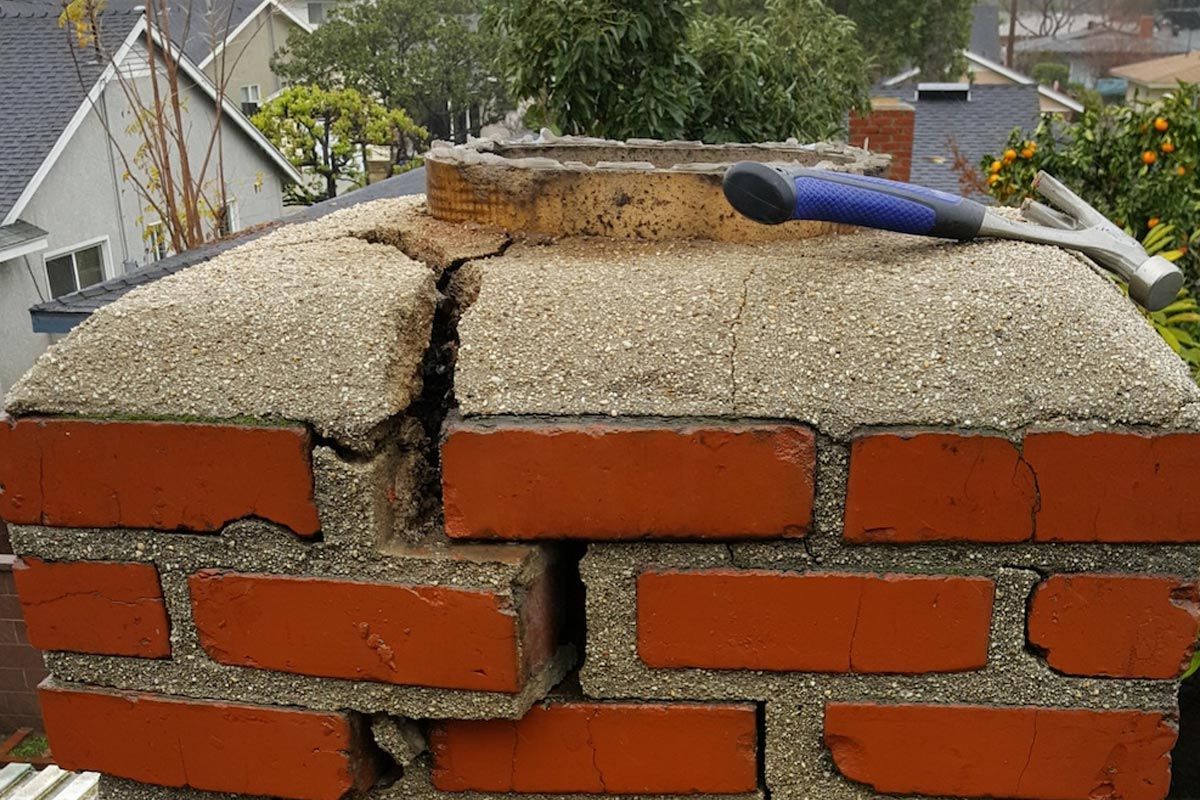
Chimney Cap and Crown Protection
The chimney crown (the top concrete slab) and cap (metal covering) shield your chimney from rain, debris, and critters.
Why They're Critical:
- Prevent leaks
- Stop birds or squirrels from nesting
- Reduce downdrafts
Inspect these components every year. If cracked or rusted, replace them immediately.
Choosing the Right Chimney Service
Not all chimney services are created equal. For top-notch maintenance and repairs, go with a certified team like Select Chimney Services.
Look for:
- CSIA-certified technicians
- Solid local reputation
- Detailed inspection reports
- Transparent pricing
They'll ensure your chimney stays strong for years.
DIY vs Professional Maintenance
Sure, you can do some basic chimney care at home, like cleaning ashes and checking for exterior damage. But:
Call a pro for:
- Liner damage
- Tuckpointing
- Leak repair
- Full inspections
Trying to DIY complex repairs can make things worse—and more expensive later.
Smart Tools and Products for Chimney Care
You’ll want tools and products made just for chimneys, including:
- Stainless steel chimney brushes
- Moisture-resistant chimney sealants
- Creosote-removing logs
- Non-corrosive masonry cleaners
Skip anything with harsh chemicals or generic masonry sealants not rated for high heat.
How Weather Affects Chimneys
From snowstorms to summer rain, weather slowly wears down chimneys.
- Winter: Freeze-thaw cycles expand cracks
- Summer: Humidity causes brick erosion
- Storms: Heavy winds loosen flashing
Stay weather-aware and check the chimney after extreme weather events.
Long-Term Cost Savings Through Maintenance
Spending a little now saves a lot later. A minor tuckpointing job may cost $300–$800, while rebuilding a collapsed chimney can run over $10,000.
Budget Tips:
- Set aside funds for yearly inspections
- Use affordable waterproofing products
- Bundle services (inspection + sweep)
It’s smart money spent on long-term safety and savings.
Don’t Let Your Chimney Crumble
Here’s a tale: One homeowner ignored a small leak for years. It led to interior water damage, chimney collapse, and thousands in repairs. All of that could have been avoided with a $200 inspection.
Don’t wait. Inspect, maintain, and invest in your chimney’s integrity now. Your safety—and wallet—will thank you.
FAQs
How often should I have my chimney inspected?
Once a year is standard. Always inspect before the heating season begins.
What’s the white powder on my chimney bricks?
That’s efflorescence—a sign of moisture seeping through the bricks.
Can I waterproof my chimney myself?
Yes, with the right products. But professional application ensures long-lasting protection.
What does spalling mean?
It’s when bricks chip, flake, or pop out due to water damage. It’s a sign of deeper issues.
Do I need a chimney cap?
Absolutely. It prevents water, animals, and debris from entering your chimney.
Is chimney maintenance really worth it?
Yes! It extends the life of your chimney and protects your home from fire and water damage.
Conclusion
Chimney care isn’t just a seasonal chore—it’s an essential part of keeping your home safe and sound. By spotting early signs of damage, scheduling regular inspections, and taking smart preventative steps, you can keep your chimney from crumbling. Trust in professionals, use proper tools, and stay proactive. Your chimney deserves it.
Links
